14 Remote Patient Monitoring Tools Changing Chronic Disease Management Forever
The landscape of healthcare is undergoing a profound transformation, driven by technological advancements that are reshaping how chronic diseases are managed. Remote patient monitoring (RPM) tools have emerged as a pivotal force in this evolution, offering unprecedented opportunities for continuous, personalized, and proactive healthcare. As chronic diseases like diabetes, heart disease, and respiratory conditions continue to rise globally, the demand for efficient, effective, and patient-centered management solutions has never been more critical. RPM tools are at the forefront of this shift, promising to revolutionize patient care by enabling real-time health data collection, analysis, and intervention. This article sets the stage for an in-depth exploration of 14 groundbreaking innovations in RPM tools that are poised to redefine chronic disease management and improve patient outcomes. By examining these innovations, we can gain insights into the future of healthcare, where technology and human touch converge to create a more sustainable and accessible system for all.
1. Wearable Devices: The Frontline of Continuous Monitoring

Wearable devices have become synonymous with modern health monitoring, offering patients and healthcare providers a seamless way to track vital signs and health metrics continuously. These devices, ranging from smartwatches to specialized health monitors, are equipped with sensors that capture data such as heart rate, blood pressure, and activity levels. The ability to monitor these parameters in real-time allows for early detection of potential health issues, enabling timely interventions and reducing the risk of complications. Wearables also empower patients to take an active role in managing their health by providing them with insights into their daily habits and lifestyle choices. As technology advances, wearable devices are becoming more sophisticated, incorporating features like ECG monitoring and blood oxygen level tracking, further enhancing their utility in chronic disease management. The integration of artificial intelligence and machine learning algorithms into these devices is also paving the way for more personalized and predictive healthcare, where data-driven insights guide treatment plans and improve patient outcomes.
2. Telemedicine Platforms: Bridging the Gap Between Patients and Providers
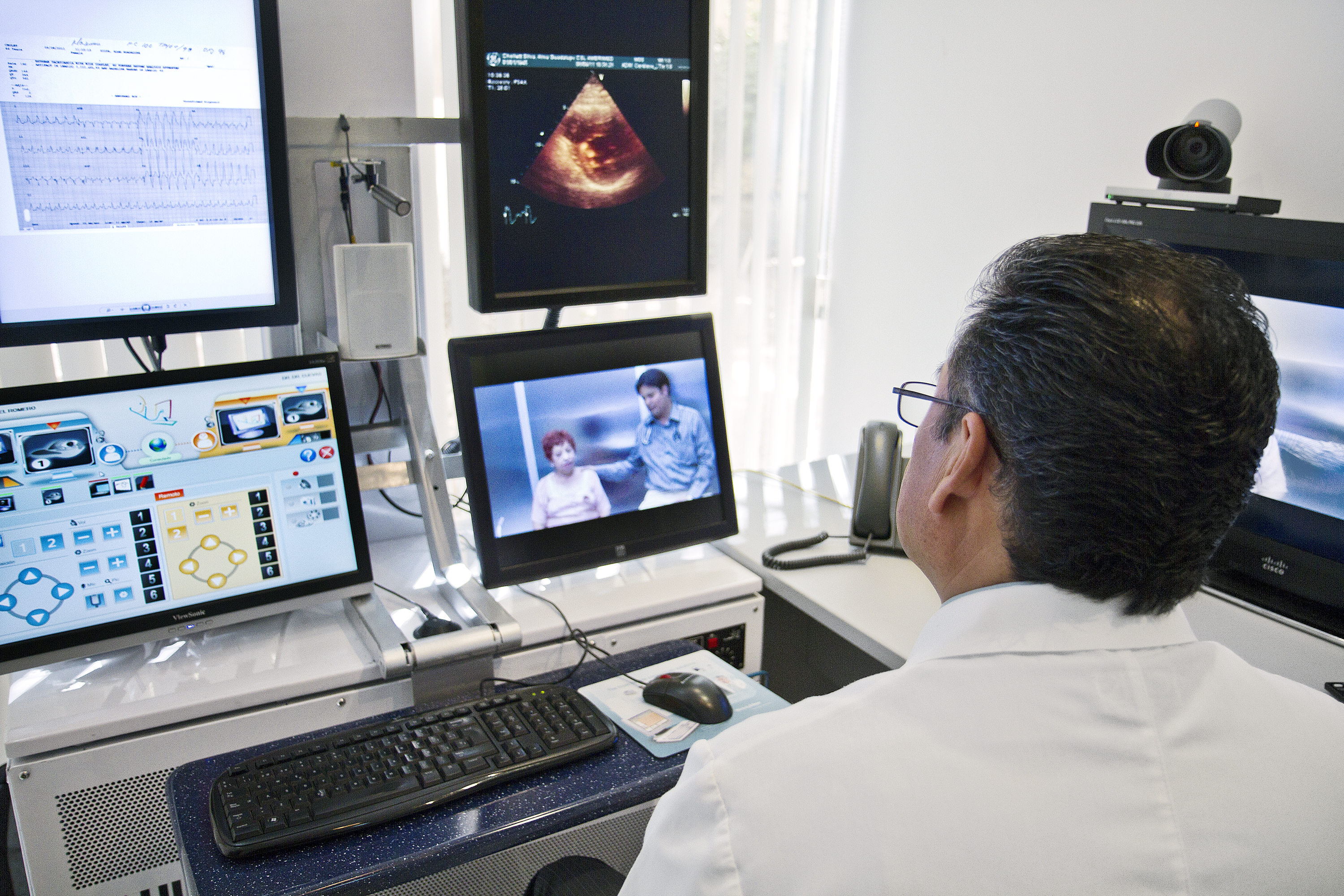
Telemedicine platforms have emerged as a crucial component of remote patient monitoring, providing a virtual bridge between patients and healthcare providers. These platforms facilitate remote consultations, allowing patients to receive medical advice, diagnosis, and treatment without the need for in-person visits. This is particularly beneficial for individuals with chronic conditions who require regular follow-ups and monitoring. Telemedicine not only enhances access to care but also reduces the burden on healthcare systems by minimizing the need for hospital visits and admissions. The integration of RPM tools with telemedicine platforms enables healthcare providers to access real-time patient data, improving the accuracy of diagnoses and the effectiveness of treatment plans. Moreover, telemedicine platforms are equipped with secure communication channels, ensuring patient privacy and data security. As telemedicine continues to evolve, it is expected to play an increasingly vital role in chronic disease management, offering a convenient, efficient, and patient-centered approach to healthcare delivery.
3. Artificial Intelligence: Transforming Data into Actionable Insights
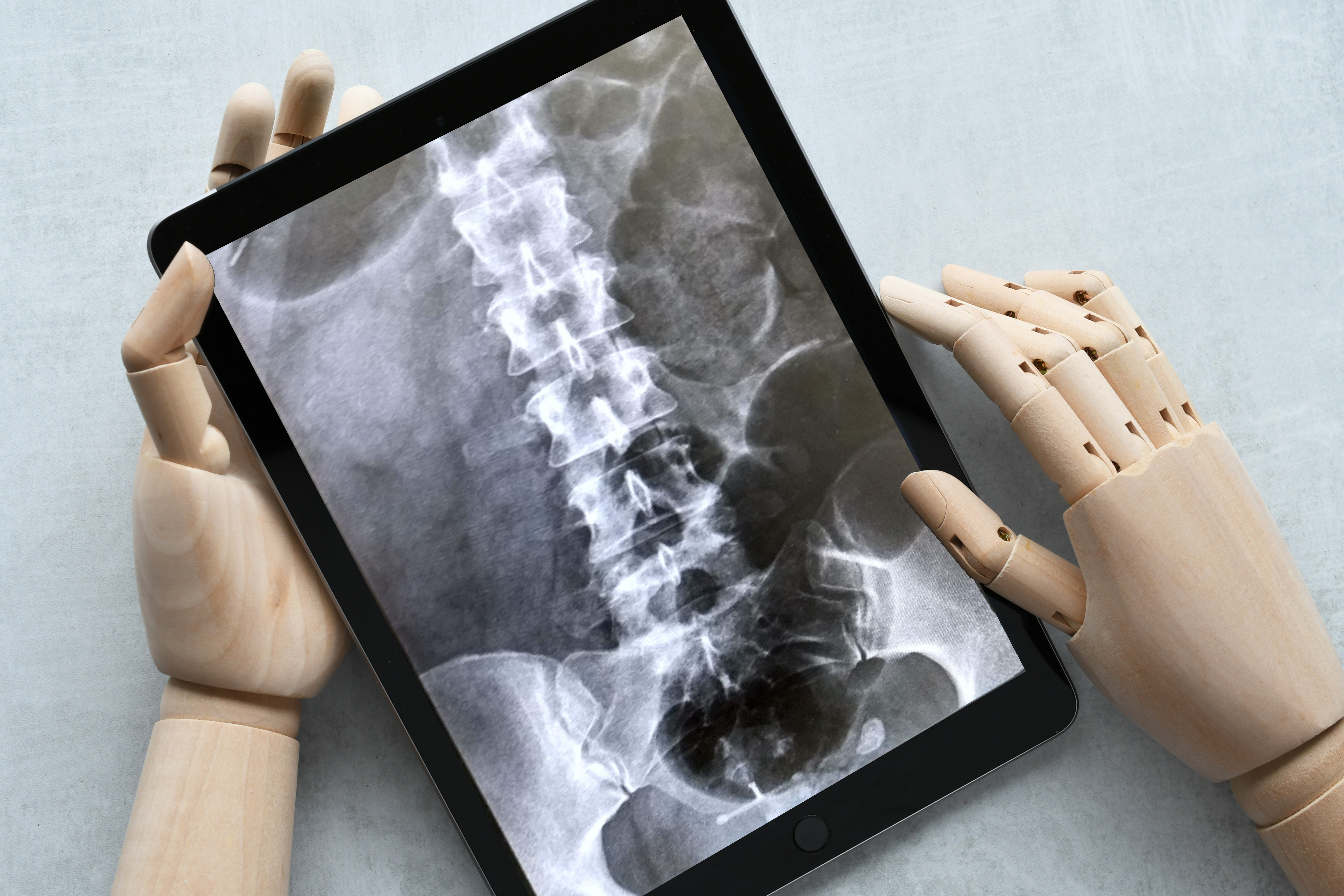
Artificial intelligence (AI) is revolutionizing remote patient monitoring by transforming vast amounts of health data into actionable insights. AI algorithms analyze data collected from RPM tools to identify patterns, predict health trends, and generate personalized recommendations for patients. This capability is particularly valuable in chronic disease management, where timely interventions can prevent disease progression and improve patient outcomes. AI-powered RPM tools can detect anomalies in health data, alerting healthcare providers to potential issues before they escalate. This proactive approach enables early intervention and reduces the risk of complications associated with chronic conditions. Furthermore, AI enhances the efficiency of healthcare delivery by automating routine tasks, allowing healthcare providers to focus on more complex and critical aspects of patient care. As AI technology continues to advance, its integration with RPM tools is expected to drive significant improvements in chronic disease management, paving the way for a more predictive, preventive, and personalized healthcare system.
4. Mobile Health Apps: Empowering Patients with Information and Support
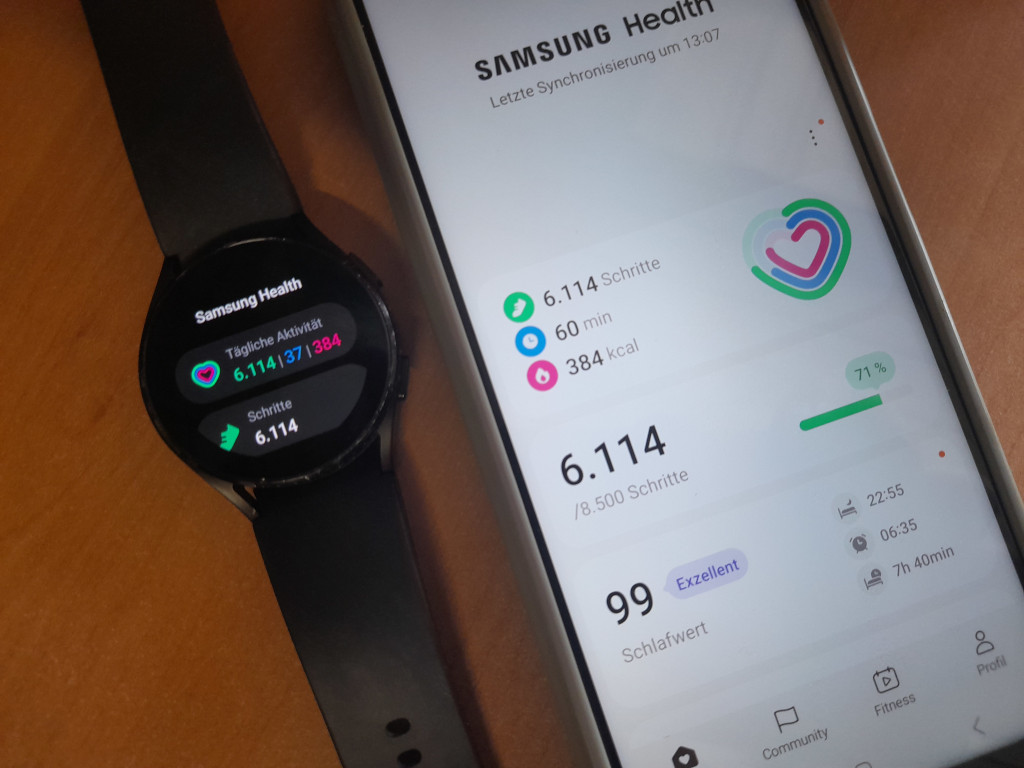
Mobile health apps are playing a pivotal role in empowering patients to manage their chronic conditions effectively. These apps provide users with access to a wealth of information, tools, and resources that support self-management and improve health outcomes. From tracking medication adherence to monitoring symptoms and accessing educational content, mobile health apps offer a comprehensive solution for individuals living with chronic diseases. These apps also facilitate communication between patients and healthcare providers, enabling timely feedback and support. The integration of RPM tools with mobile health apps enhances their functionality, allowing users to view real-time health data and receive personalized recommendations based on their unique health profiles. By empowering patients with information and support, mobile health apps are fostering a culture of proactive health management, where individuals take an active role in their care and make informed decisions about their health.
5. Internet of Medical Things (IoMT): Creating a Connected Health Ecosystem

The Internet of Medical Things (IoMT) is a network of interconnected devices and applications that collect, analyze, and transmit health data. This connected health ecosystem is transforming chronic disease management by enabling seamless data exchange between patients, healthcare providers, and other stakeholders. IoMT devices, such as smart sensors and connected medical equipment, continuously monitor health metrics and transmit data to centralized platforms for analysis. This real-time data exchange facilitates early detection of health issues, timely interventions, and personalized treatment plans. The integration of IoMT with RPM tools enhances the accuracy and reliability of health data, providing healthcare providers with a comprehensive view of a patient's health status. As IoMT technology continues to evolve, it is expected to drive significant improvements in chronic disease management, offering a more connected, efficient, and patient-centered approach to healthcare delivery.
6. Remote Diagnostic Tools: Enhancing Accuracy and Accessibility

Remote diagnostic tools are revolutionizing the way chronic diseases are diagnosed and managed, offering enhanced accuracy and accessibility. These tools leverage advanced technologies, such as AI and machine learning, to analyze health data and provide accurate diagnoses without the need for in-person consultations. Remote diagnostic tools are particularly valuable in rural and underserved areas, where access to healthcare facilities may be limited. By enabling remote diagnosis, these tools reduce the need for travel and minimize the burden on healthcare systems. The integration of remote diagnostic tools with RPM systems enhances their functionality, allowing healthcare providers to access real-time data and make informed decisions about patient care. With ongoing technological progress, remote diagnostic tools are set to become central to chronic disease management—making healthcare more accessible, efficient, and tailored to patients' needs.
7. Cloud Computing: Enabling Scalable and Secure Data Management
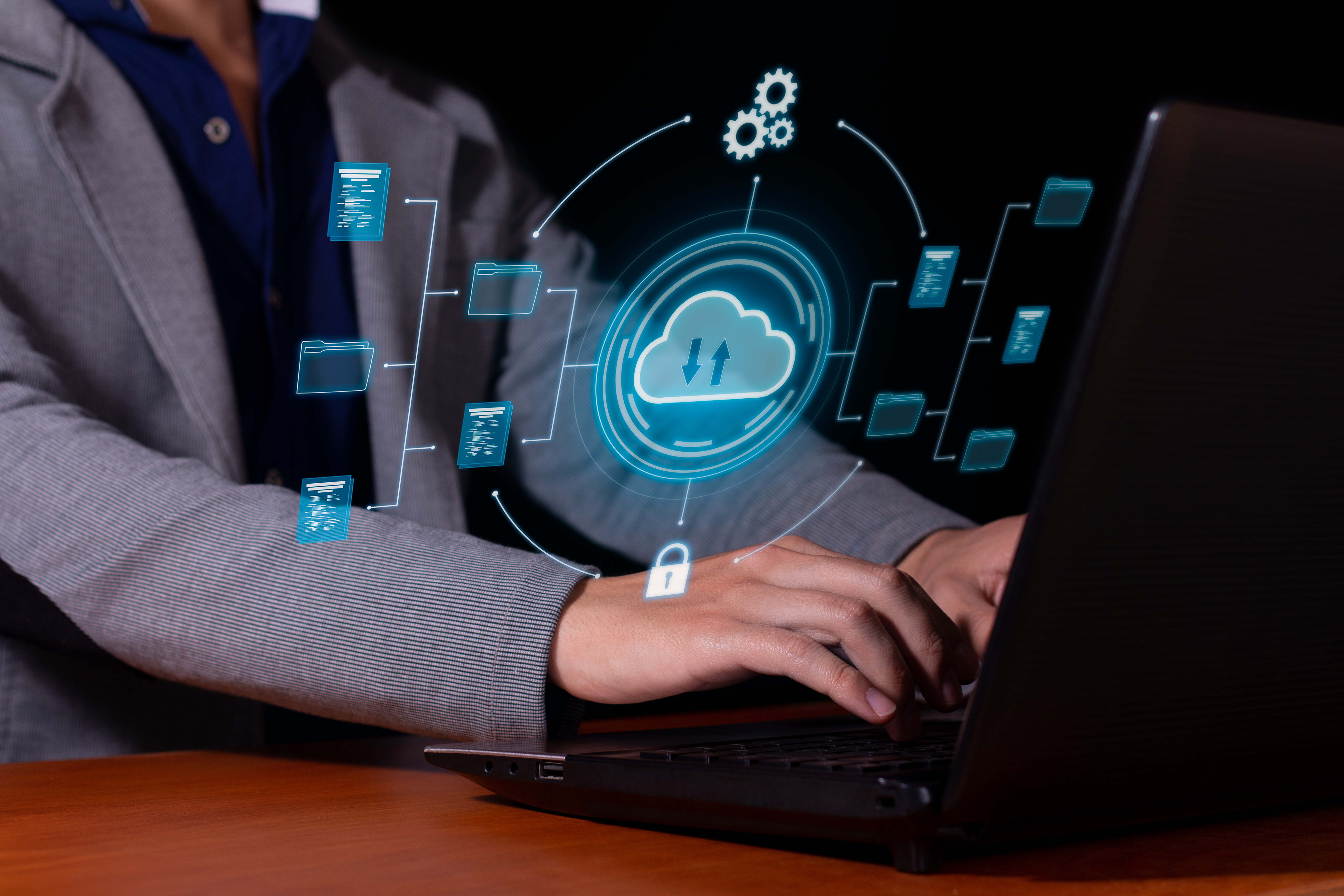
Cloud computing is a critical enabler of remote patient monitoring, providing scalable and secure data management solutions. The vast amounts of health data generated by RPM tools require robust storage and processing capabilities, which cloud computing platforms offer. By leveraging cloud technology, healthcare providers can store, analyze, and access patient data in real-time, facilitating timely interventions and personalized treatment plans. Cloud computing also enhances data security, ensuring that sensitive health information is protected from unauthorized access. The scalability of cloud platforms allows healthcare providers to accommodate growing volumes of data, supporting the expansion of RPM initiatives. As cloud technology advances, it is poised to enhance chronic disease management by enabling more efficient, secure, and patient-focused healthcare delivery.
8. Data Analytics: Turning Health Data into Valuable Insights
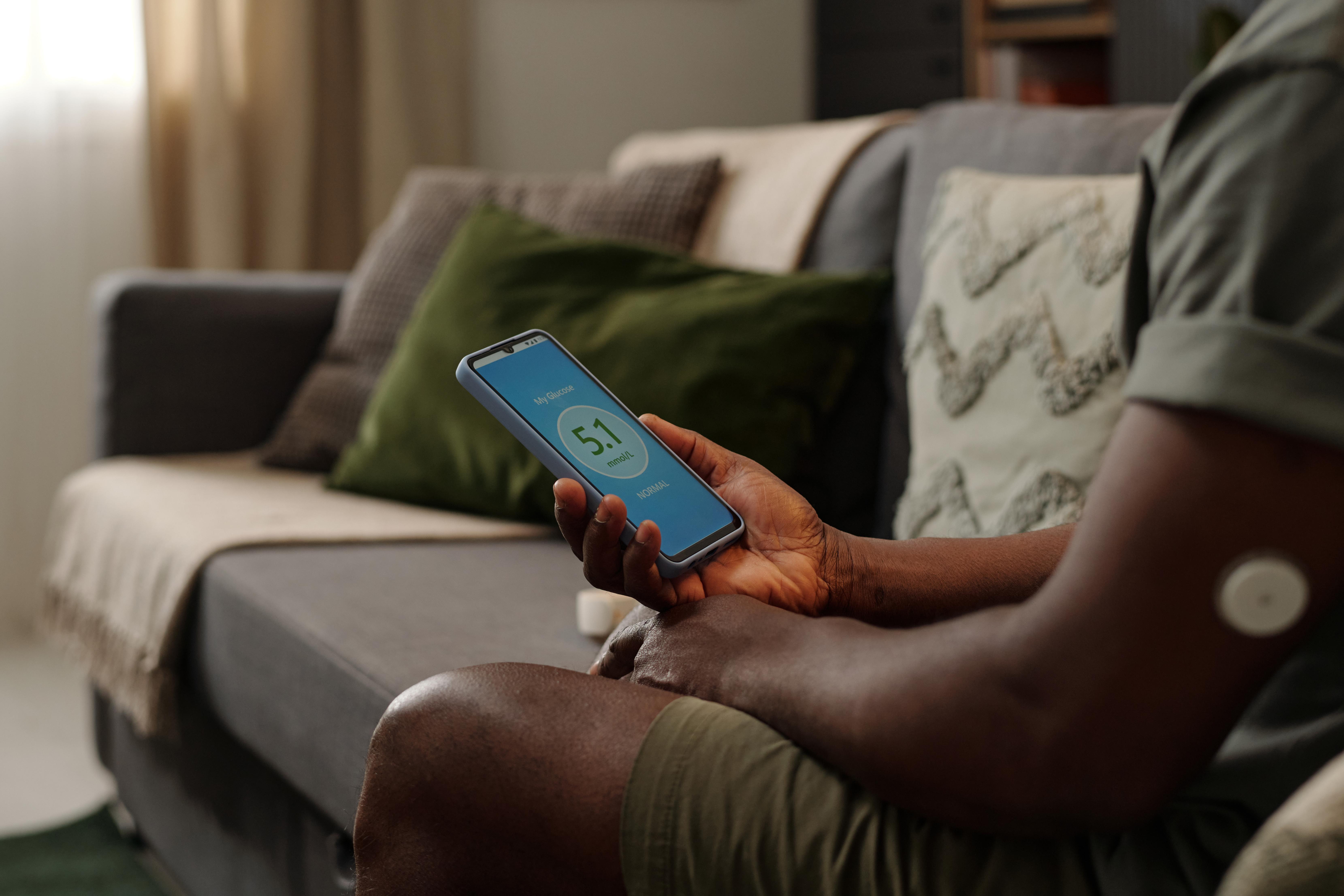
Data analytics is transforming remote patient monitoring by turning vast amounts of health data into valuable insights. Advanced analytics tools analyze data collected from RPM devices to identify patterns, trends, and anomalies, providing healthcare providers with actionable information to guide decision-making. This capability is particularly valuable in chronic disease management, where timely interventions can prevent disease progression and improve patient outcomes. Data analytics also enhances the accuracy and reliability of health data, ensuring that healthcare providers have a comprehensive view of a patient's health status. By leveraging data analytics, healthcare providers can develop personalized treatment plans, monitor patient progress, and make informed decisions about patient care. As technology continues to advance, data analytics is expected to drive significant improvements in chronic disease management, offering a more predictive, preventive, and personalized approach to healthcare delivery.
9. Personalized Medicine: Tailoring Treatment to Individual Needs

Personalized medicine is revolutionizing chronic disease management by tailoring treatment to individual needs. This approach leverages advanced technologies, such as genomics and AI, to analyze a patient's unique health profile and develop customized treatment plans. Personalized medicine enhances the effectiveness of chronic disease management by ensuring that interventions are aligned with a patient's specific needs and circumstances. The integration of RPM tools with personalized medicine initiatives enhances their functionality, allowing healthcare providers to access real-time data and make informed decisions about patient care. By tailoring treatment to individual needs, personalized medicine is fostering a culture of proactive health management, where patients take an active role in their care and make informed decisions about their health. Advances in technology are paving the way for personalized medicine to transform chronic disease management—enabling more precise, effective treatments tailored to individual patient needs.
10. Virtual Health Assistants: Enhancing Patient Engagement and Support

Virtual health assistants are emerging as a valuable tool in chronic disease management, enhancing patient engagement and support. These AI-powered solutions provide patients with personalized guidance, reminders, and support, helping them manage their health more effectively. Virtual health assistants can answer questions, provide medication reminders, and offer lifestyle recommendations, empowering patients to take an active role in their care. The integration of virtual health assistants with RPM tools enhances their functionality, allowing patients to access real-time health data and receive personalized recommendations based on their unique health profiles. By improving patient engagement and support, virtual health assistants are encouraging a shift toward proactive health management—empowering individuals to take charge of their care and make informed decisions. As digital tools evolve, these assistants are poised to become key players in chronic disease management, delivering more interactive, efficient, and personalized healthcare experiences.
11. Remote Therapeutic Monitoring: Delivering Care Beyond Boundaries

Remote therapeutic monitoring (RTM) is transforming chronic disease management by delivering care beyond traditional boundaries. RTM tools enable healthcare providers to monitor patients' adherence to treatment plans, track therapeutic outcomes, and adjust interventions as needed. This approach enhances the effectiveness of chronic disease management by ensuring that patients receive continuous, personalized care, regardless of their location. The integration of RTM tools with RPM systems enhances their functionality, allowing healthcare providers to access real-time data and make informed decisions about patient care. By extending care beyond traditional settings, Remote Therapeutic Monitoring (RTM) is helping cultivate a proactive approach to health—empowering patients to actively participate in their care and make informed choices. As technology progresses, RTM is expected to significantly enhance chronic disease management through more comprehensive, efficient, and personalized healthcare delivery.
12. Blockchain Technology: Ensuring Data Security and Integrity
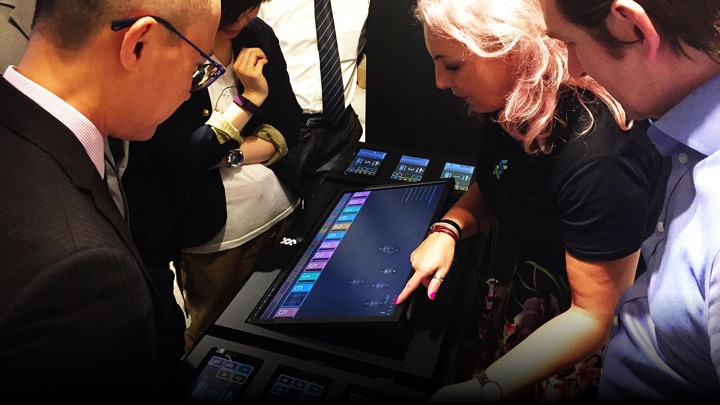
Blockchain technology is emerging as a critical enabler of remote patient monitoring, ensuring data security and integrity. This decentralized, immutable ledger technology provides a secure and transparent way to store and share health data, protecting sensitive information from unauthorized access and tampering. The integration of blockchain technology with RPM tools enhances data security, ensuring that patient information is protected at all times. Blockchain also enhances data integrity, providing healthcare providers with a reliable and accurate view of a patient's health status. By ensuring data security and integrity, blockchain technology is fostering a culture of trust and transparency in healthcare, where patients feel confident in the protection of their sensitive information. With ongoing technological advancements, blockchain is poised to enhance chronic disease management by enabling more secure, efficient, and patient-focused healthcare solutions.
13. Predictive Analytics: Anticipating Health Trends and Interventions

Predictive analytics is revolutionizing remote patient monitoring by anticipating health trends and interventions. This advanced analytics approach leverages machine learning algorithms to analyze health data and predict future health outcomes, enabling healthcare providers to intervene proactively and prevent disease progression. Predictive analytics is particularly valuable in chronic disease management, where timely interventions can improve patient outcomes and reduce the risk of complications. The integration of predictive analytics with RPM tools enhances their functionality, allowing healthcare providers to access real-time data and make informed decisions about patient care. By identifying emerging health patterns, predictive analytics is promoting a proactive approach to care—empowering patients to take control and make informed decisions. As technology evolves, it’s set to play a pivotal role in chronic disease management, enabling more preventive, personalized, and forward-looking healthcare delivery.
14. Interoperability: Facilitating Seamless Data Exchange and Integration
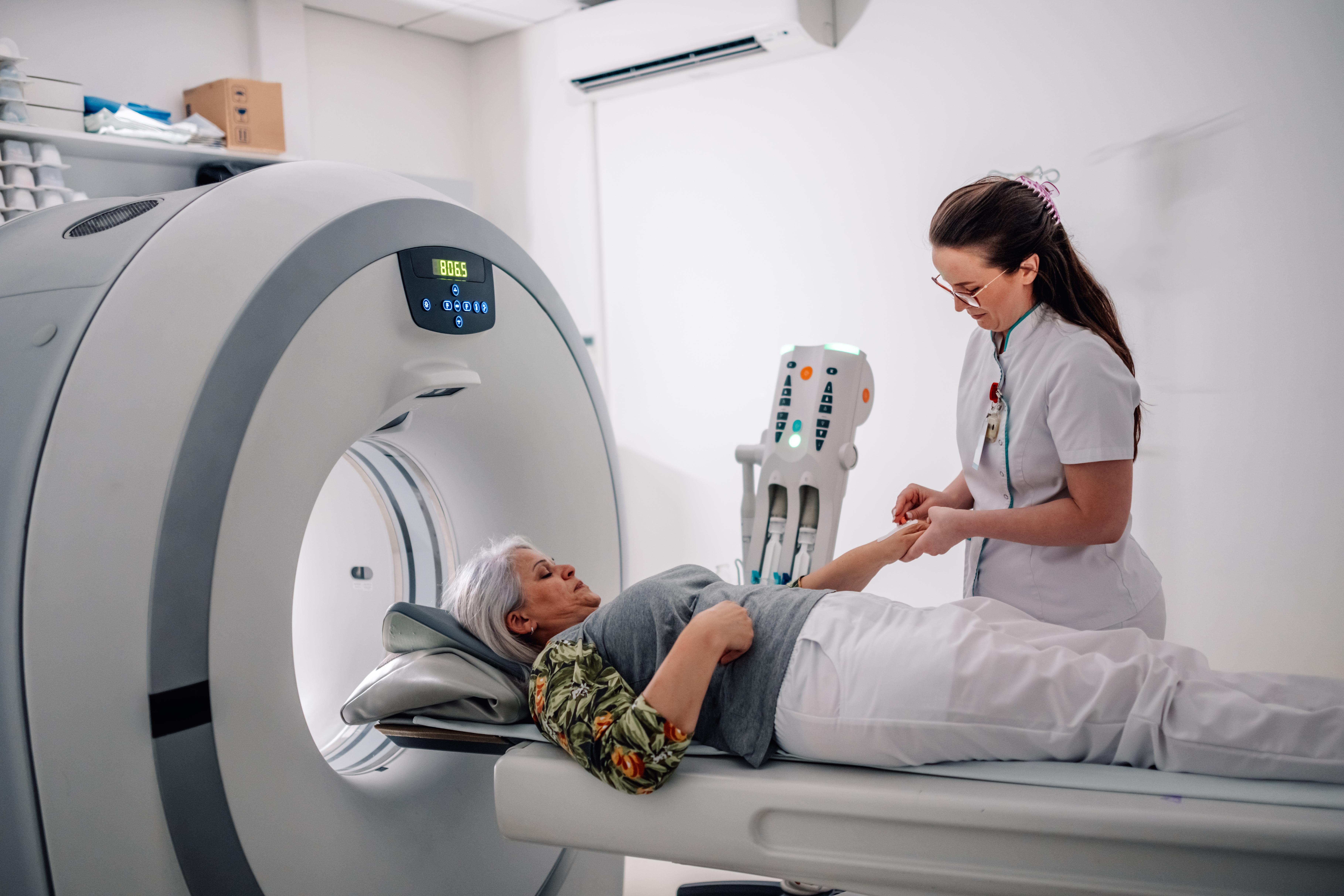
Interoperability is a critical enabler of remote patient monitoring, facilitating seamless data exchange and integration between different healthcare systems and devices. This capability ensures that health data collected from RPM tools can be easily shared and accessed by healthcare providers, enhancing the accuracy and reliability of diagnoses and treatment plans. Interoperability also reduces the burden on healthcare systems by minimizing the need for duplicate tests and procedures, improving efficiency and reducing costs. The integration of interoperable solutions with RPM tools enhances their functionality, allowing healthcare providers to access real-time data and make informed decisions about patient care. By enabling seamless data exchange across systems, interoperability is strengthening collaboration in healthcare—ensuring patients receive coordinated, holistic care across various settings. As technology progresses, it is expected to play a key role in advancing chronic disease management through more connected, efficient, and patient-focused care delivery.
The innovations in remote patient monitoring tools explored in this article are reshaping the future of chronic disease management, offering unprecedented opportunities for continuous, personalized, and proactive healthcare. From wearable devices and telemedicine platforms to AI-powered analytics and blockchain technology, these innovations are driving significant improvements in patient outcomes and transforming the way chronic diseases are managed. As technology continues to advance, the integration of these tools into healthcare systems is expected to create a more sustainable, accessible, and patient-centered approach to chronic disease management. By embracing these innovations, healthcare providers can empower patients to take an active role in their care, improve the accuracy and effectiveness of treatment plans, and ultimately enhance the quality of life for individuals living with chronic conditions. The future of chronic disease management is bright, and remote patient monitoring tools are at the forefront of this transformation, paving the way for a more connected, efficient, and patient-centered healthcare system.